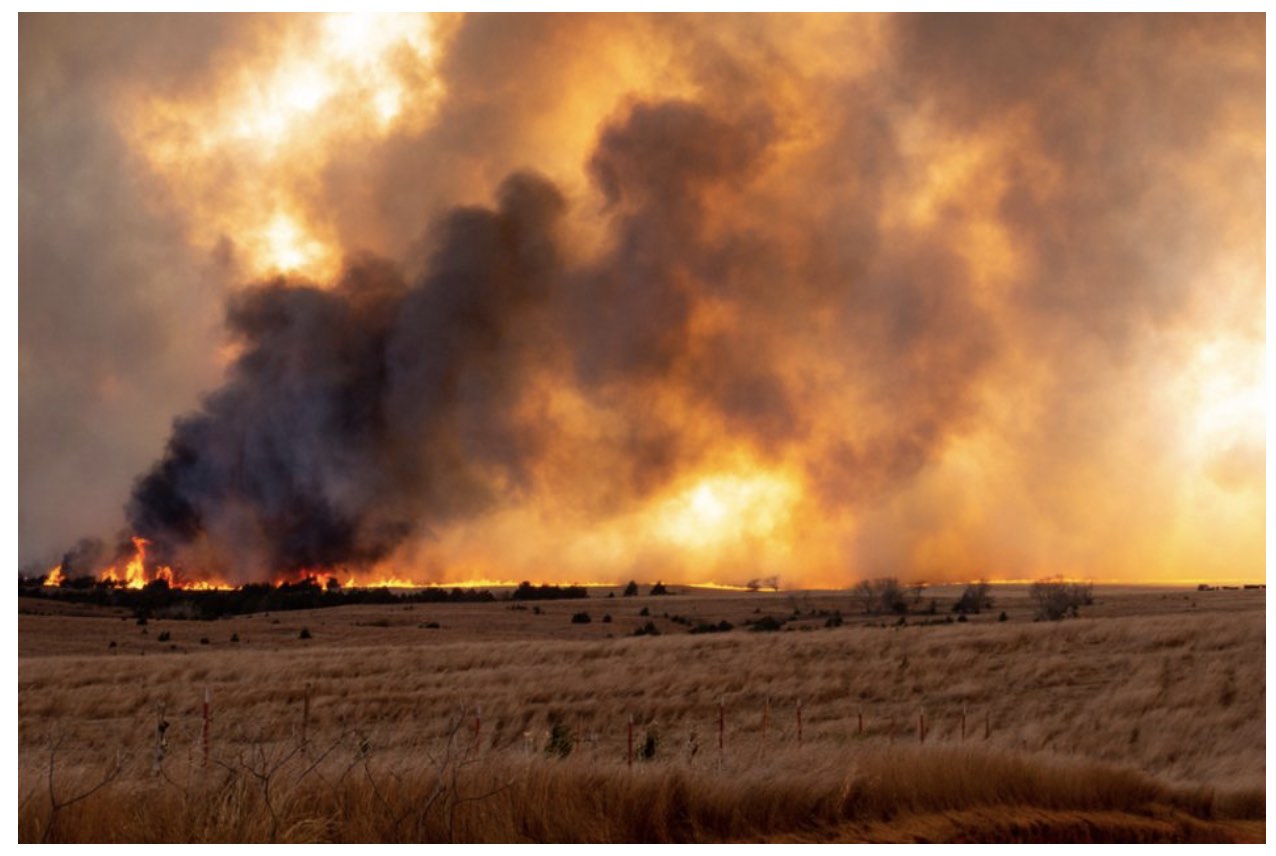
California’s devastating wildfires have consequences beyond the forests, as scientists and researchers are now discovering. One of these implications which is drawing a lot of attention is the effects of smoke on our skin. As a result, the subject of wildfires is now linked to dermatology and how exactly air pollution can make skin age faster.
What is known so far, however, is that all of those anti-pollution creams simply don’t work.
Climate Change is Damaging to Skin
The first study linking wildfire smoke to skin diseases was published earlier this year by Dr. Maria Wei. She’s a professor of dermatology at the University of California San Francisco and was helping her student with their research project. The topic was environmental effects on skin, which was a timely subject since, at the time, California’s forests were burning.
The California ‘Camp Fire’ started in November of 2018 and burned more than 150,000 acres. Additionally, the fire destroyed 18,804 structures and 85 civilians were killed, along with several injured firefighters. In the state’s history, this was the deadliest and most destructive. However, the widespread smoke and air pollution was felt all the way to San Francisco and outer reaches of the state.
“I wondered how it would affect the skin, especially since I’d just biked in to work,” Wei said.
The study done by Wei and her student, Raj Fadadu, associated atopic dermatitis such as eczema with wildfire smoke. Experts are expecting more similar studies in the coming years as countries worldwide battle the adverse effects of climate change. What is of special interest to those in the field of dermatology is what effects this will have on our skin. After all, skin is the largest organ on the human body, and it is mostly exposed and vulnerable to pollutants.
How Pollution Affects Skin Health
Air Pollution is measured in microns, and is usually less than 2.5 microns in size. Comparatively, a human hair can measure more than 20 microns in diameter. These particulates can get into the lungs and other vital organs through the bloodstream when inhaled. However, what dermatologists in Los Angeles and other parts of California are most interested in are the effects on skin. Because of the small micron size, pollution can land on skin and even be absorbed by it, leading to inflammation and aging.
Dr. Markus Boos, a dermatologist at Seattle Children’s Hospital has also studied the effects of climate change on skin health. He says that the effects of air pollution on skin is roughly the same as what we know about smokers.
“We all sort of know that when someone is a chronic smoker, they have that aged appearance and that yellow, sallow skin,” he said. “It’s kind of a variation on that.”
Pollutants create ‘free radicals’, the cancer-causing molecules that can also damage cell DNA. Ultimately these radicals weaken the skin barrier, making it vulnerable to disease and inflammation. One of the most widely known effects of pollution is that it makes skin more sensitive and dry, resulting in an itchy surface.
Additionally, the mixture of pollutants and UV light only exacerbates the problem more and depletes the amount of antioxidants on the skin. This can be a problem in sunny areas in California, for which it is advisable to seek advice from a top dermatologist of Los Angeles.
Skin Protection
One way to shield our bodies from external contaminants is by applying an artificial barrier. Although, it’s important to separate the real stuff from the marketing, since many products will mention ‘ani-pollution’. According to Dr. Giuseppe Valacchi, a professor at Carolina State University, these are only empty promises:
“Companies like to look for exotic new compounds, and some are just marketing because there is no way they can be absorbed by the skin,” he said.
One New York dermatologist, Dr. Whitney Bowe, recommends using moisturizers or serums with ceramides. This creates a ‘shield’ over the skin on which particles can stick, and avoid absorption. Of course, this also means that washing at night is necessary to remove all the contamination gathered throughout the day.
Vitamin C also helps by neutralizing free radicals, although it’s more difficult to get into a topical cream because it is very active and unstable. To make sure a product will work it should read l-ascorbic acid, which is the only form of Vitamin C on the skin, with a 15 to 20 percent concentration. Creams that combine Vitamin C with Vitamin E are even more effective because they work together (i.e. synergistic).
Selenium is also a good option due to an enzyme it contains called glutathione peroxidase. One hundred micrograms a day through supplements is enough to battle free radicals. Notably, taking selenium (l-selenomethionine) also reduced sunburns in one study. But if spending on creams is too much, a good diet can also help. The polyphenols in plants are antioxidants that give them their bright colors, and also help skin.
This advice can greatly affect the advice any Dermatologist Los Angeles (county) has licensed, when dealing with a client’s skin in the future.
Advertising disclosure: We may receive compensation for some of the links in our stories. Thank you for supporting LA Weekly and our advertisers.
